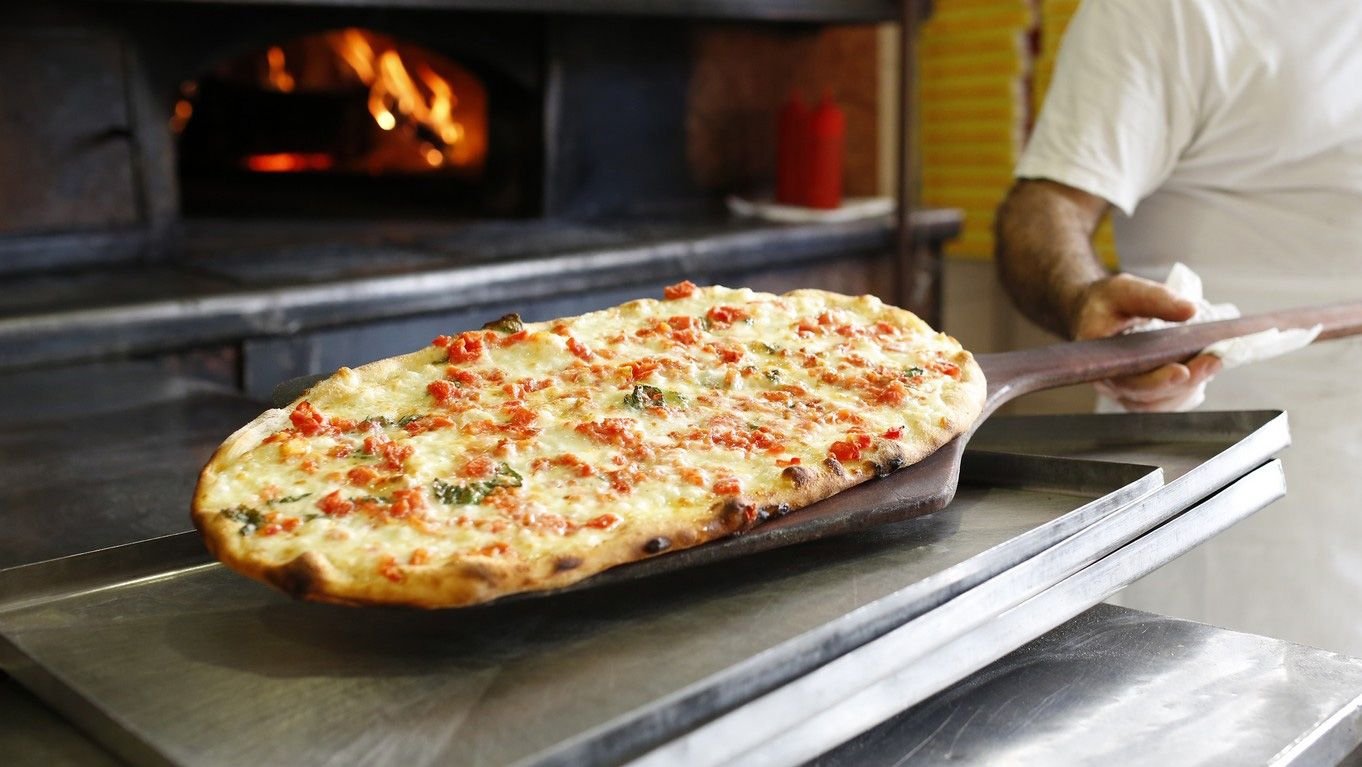Pizza, once a humble Neapolitan creation, has evolved into a global culinary icon that transcends borders, languages, and cultures. From its origins in Italy to its widespread popularity across continents, pizza’s journey reflects not only a love for delicious food but also its role in fostering cultural exchange and culinary innovation. This article explores how pizza has shaped global cuisine and contributed to cultural exchange, highlighting its adaptability, diversity, and enduring appeal.

Origins and Evolution
Pizza traces its origins to Naples, Italy, where in the 18th century, it emerged as a simple and affordable street food enjoyed by the city’s working-class population. The original Neapolitan pizza, known for its thin crust, tangy tomato sauce, fresh mozzarella cheese, and aromatic basil leaves, quickly gained popularity within Italy and eventually beyond its borders.
Spread and Adaptation
The global spread of pizza began in earnest during the late 19th and early 20th centuries with Italian immigrants bringing their culinary traditions to new lands, particularly to the United States and South America. In New York City, Italian immigrants introduced what would become known as New York-style pizza—a larger slice with a thin, foldable crust and generous toppings. Meanwhile, in Chicago, immigrants adapted pizza to local tastes, giving rise to the famous deep-dish pizza characterized by its thick, doughy crust and hearty fillings.
Cultural Fusion and Innovation
As pizza spread across continents, it underwent further adaptation and innovation, incorporating local ingredients, flavors, and cooking techniques. In Australia, for example, Italian immigrants introduced pizza topped with unique ingredients like shrimp and pineapple, catering to Australian tastes while maintaining pizza’s fundamental elements. Similarly, in Japan, pizzas featuring seafood toppings and innovative flavor combinations reflect the country’s culinary creativity and preference for fresh, seasonal ingredients.
Cultural Exchange and Culinary Diplomacy
Pizza serves as a powerful vehicle for cultural exchange and culinary diplomacy, showcasing the best of each region’s culinary traditions while embracing global influences. International chains like Domino’s and Pizza Hut have adapted their menus to cater to local preferences worldwide, offering pizzas with toppings and flavors tailored to regional tastes. This adaptation not only broadens the appeal of pizza but also fosters a deeper appreciation for cultural diversity and culinary heritage among diners globally.
Symbol of Globalization
Pizza’s popularity and ubiquity make it a symbol of globalization—a phenomenon characterized by the interconnectedness of cultures and economies. Its presence in virtually every corner of the world—from bustling city streets to remote villages—demonstrates its ability to transcend cultural boundaries and unite people through a shared love of food. Whether enjoyed in a traditional pizzeria in Naples, a food truck in New York City, or a trendy café in Tokyo, pizza’s universal appeal speaks to its status as a cultural ambassador that bridges continents and generations.
Adaptability and Diversity
One of pizza’s greatest strengths is its adaptability to local ingredients and culinary traditions. In India, for example, pizzas may feature toppings like paneer (Indian cottage cheese), tandoori chicken, or spicy masala sauce, reflecting the country’s rich culinary heritage. In Brazil, pizzas topped with ingredients such as catupiry cheese and hearts of palm showcase the country’s diverse flavors and culinary innovation. These regional variations not only cater to local palates but also highlight pizza’s ability to evolve while retaining its core elements of dough, sauce, and cheese.
Celebration of Tradition and Innovation
While pizza continues to evolve and adapt, it also celebrates tradition and craftsmanship. In Naples, the Associazione Verace Pizza Napoletana (True Neapolitan Pizza Association) ensures that pizzas prepared in the city adhere to strict standards, preserving the authenticity of Neapolitan pizza-making techniques. This commitment to tradition coexists with ongoing culinary innovation, as chefs and pizzaiolos around the world experiment with new toppings, cooking methods, and flavor combinations to push the boundaries of what pizza can be.
Conclusion
In conclusion, pizza’s journey from its humble beginnings in Naples to its global prominence today illustrates its profound impact on global cuisine and cultural exchange. As a versatile and universally loved dish, pizza embodies the fusion of culinary traditions, the celebration of local ingredients, and the spirit of innovation that characterizes contemporary food culture. Whether as a slice of New York-style pizza on a bustling street corner or a gourmet creation in a Michelin-starred restaurant, pizza continues to unite people, spark conversations, and inspire creativity, making it a timeless symbol of culinary diversity and global interconnectedness. As pizza evolves and adapts to new tastes and trends, its role in global cuisine and cultural exchange remains as vibrant and relevant as ever, promising continued enjoyment and appreciation for generations to come.











